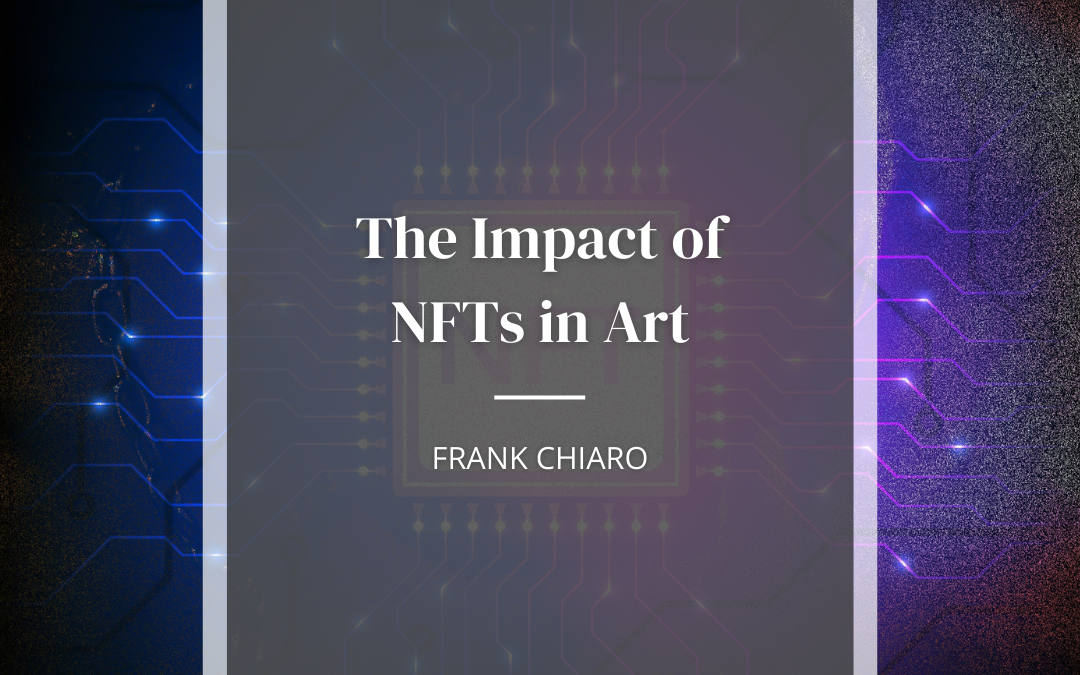In 2017, Non-Fungible Tokens (NFTs) entered the art world. They have since changed the way we think about art, allowing us to buy and sell works of art. However, how has this transformed the market? In this article, the various factors that have caused this phenomenon and how it has affected the art world are explored.
NFTs are a unique commodity
Understanding the concept of non-fungible tokens is very important in order to understand the market. In economics and finance, the word “fungible” refers to an easy exchange of value or type for something similar. Non-fungible objects, such as the Atlantic Ocean, are not possible to exchange. The NFT works on this principle by proposing a unique object that cannot be replicated with the same token.
The NFT art market
While digital content was previously considered duplicable, NFTs have allowed people to create and own unique works of art. The token in NFTs represents a certain amount of digital resources one can use to purchase, sell, or trade. This has allowed for the first time that digital works can gain rarity.
Through the NFT system, it has been possible to sell a digital work of art. This has led to a revolution in the art market, allowing digital artists to finally earn a living from their work. Also, the democratic nature of the purchase of art has allowed people to buy and sell works of art.
The rise of the NFT market has also led to the emergence of a parallel market that allows people to buy and sell works of art. Until recently, the legitimacy of the NFT market had been limited.
The immergence of NFTs
The value of the digital art market has increased significantly due to the emergence of the NFT market. In just two years, the value of the market has increased by over 10. In February 2021, Larva Labs’ 9 CryptosPunks was the first digital artwork to be sold. In November, Beeple’s Human One, the first 3D NFT sculpture, sold for almost $29 million.
In addition to classic masterpieces, NFTs have also started to take on lesser-known works of art. In May 2021, the Uffizi Gallery collaborated with the IT company, Cinello, to reproduce and sell the Doni Madonna, the first digital copy of artwork by Michelangelo. Despite the high price of the work, The Merger by Pak, which almost 30,000 people purchased, was regarded as the most expensive digital artwork.
NFTs environmental impact
Despite the technological advancements that have occurred in the art market, it is imperative to note that the NFT market is still very heavy on our environment. In addition to being very expensive, the immense amount of electricity the digital art market consumes is also very harmful to our planet.
According to Memo Akten, a digital artist, the carbon footprint of an NFT is very high. For an average European resident, the average electricity bill for a month is around a hundred dollars. The same goes for the Ethereum, which typically consumes as much as Libya.
Will NFTs last in the art market
The rise of the NFT market has been attributed to the increasing number of investors and artists who have become fascinated by its potential. It has also opened the possibility of speculating on the value of digital works of art. While the economic model used for the digital pieces remains the same, they are subjected to the same responsibilities as the physical ones. Many experts initially believed that the NFT market might have a bubble. However, in May 2022, it broke. The price of NFT peaked in August 2021. It then went down in July 2022. It is still not clear what will happen to the market in the future.
